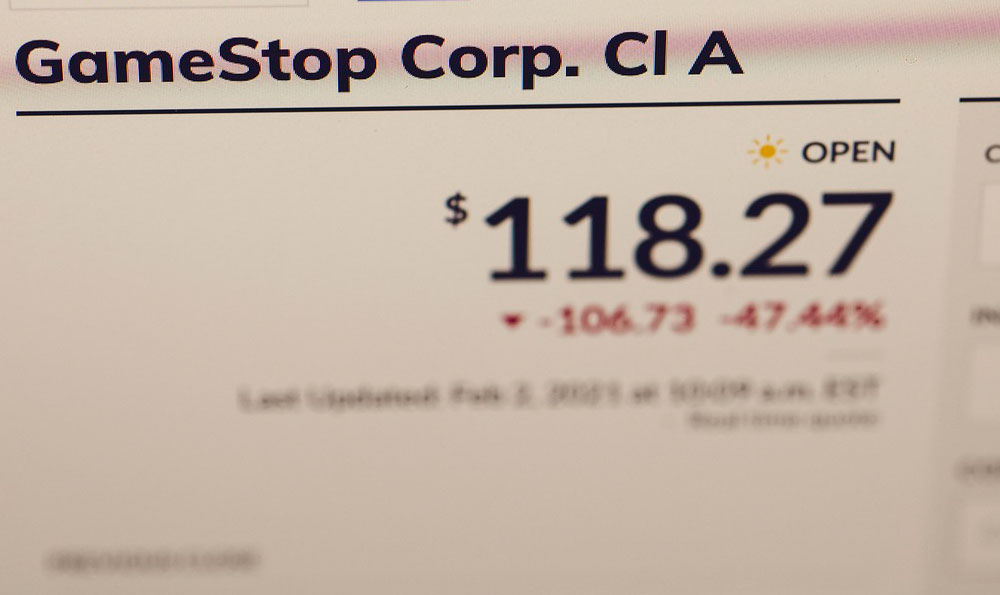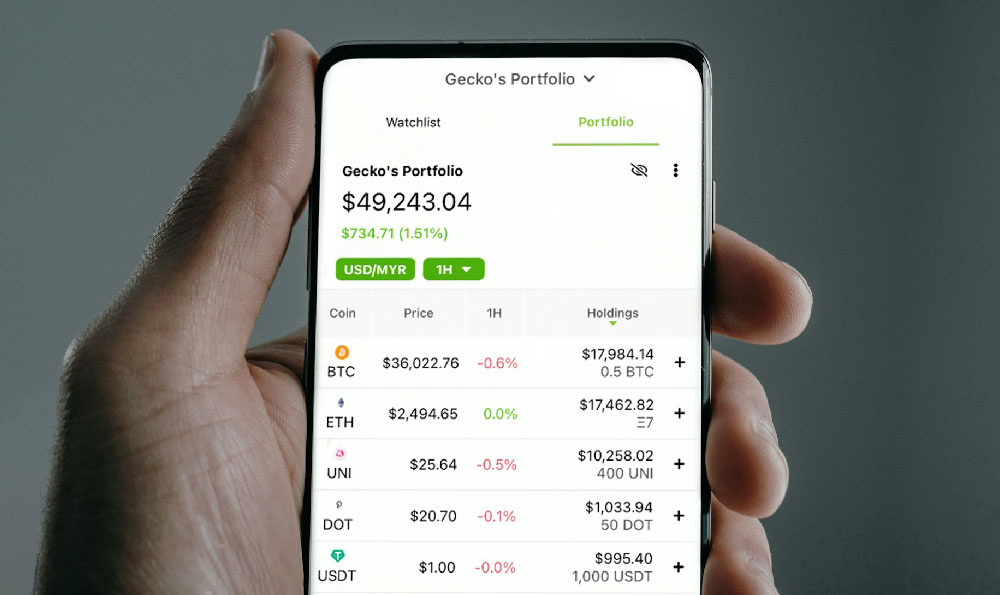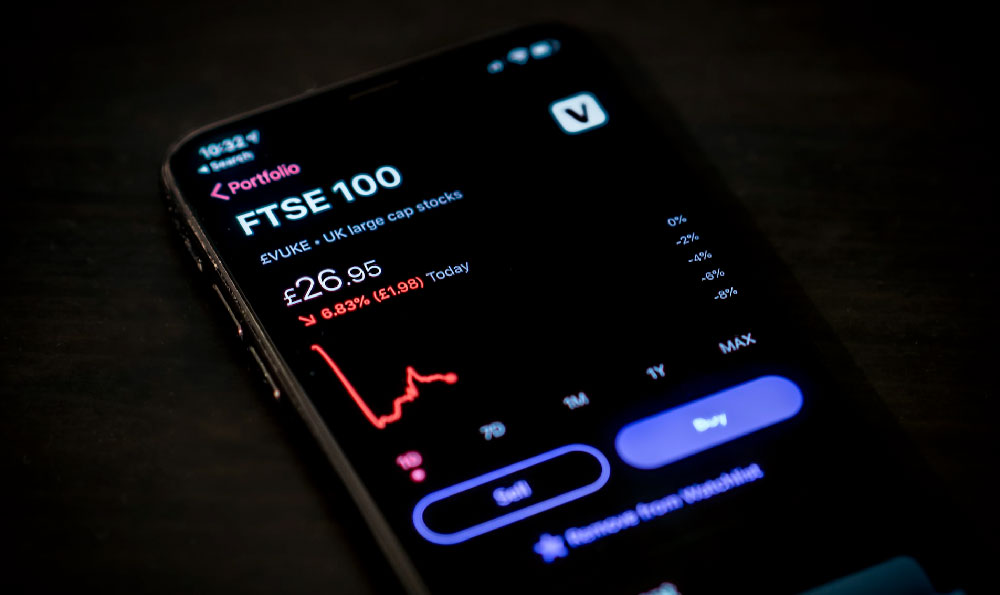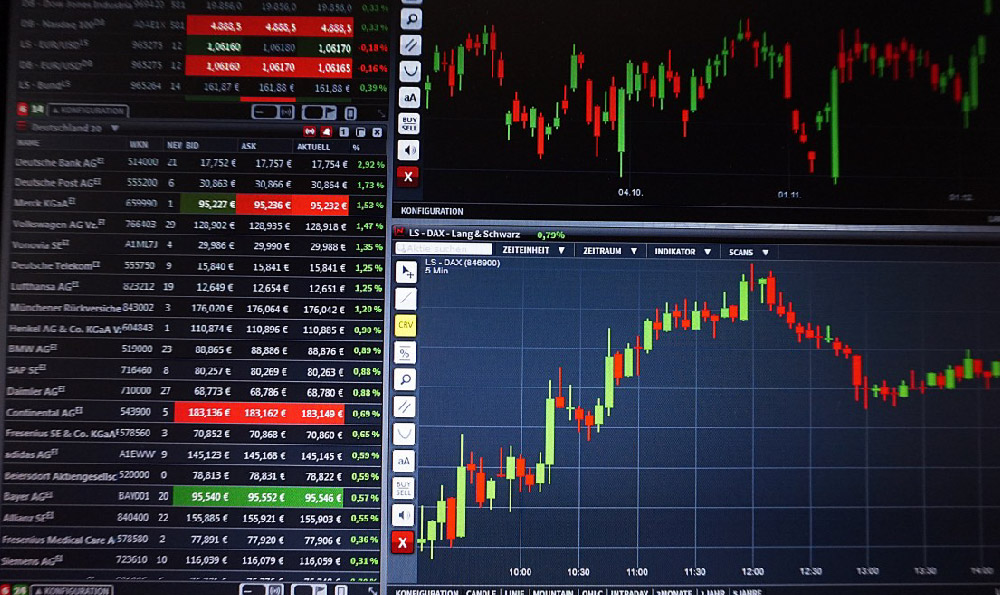How Much Can You DoorDash & How Much Will You Earn?

The allure of DoorDash, like many gig economy platforms, lies in its promise of flexible hours and the potential to earn on your own terms. While the marketing materials often paint a rosy picture, the reality of income and effort can be significantly more nuanced. To truly understand your earning potential, a deep dive into the contributing factors, potential strategies, and realistic expectations is crucial.
The amount one can DoorDash is largely determined by their availability. DoorDash thrives on peak hours, primarily during lunch (11 AM - 2 PM) and dinner (5 PM - 9 PM). Weekends, particularly Friday and Saturday evenings, tend to be the busiest. Consequently, those with open availability during these periods have a distinct advantage. If you're restricted to mornings or weekdays outside of peak hours, the demand and thus the earning potential may be considerably lower. Consistently dedicating time during peak times is the first step towards maximizing earnings.
Beyond availability, location plays a critical role. Densely populated urban areas with a high concentration of restaurants and a large customer base typically offer more delivery opportunities. Suburban areas can also be lucrative, especially if there are concentrated pockets of restaurants or a significant distance between dining establishments and residential neighborhoods. Rural areas, however, may present limited opportunities due to lower order volume and longer driving distances. Analyzing your local market by observing the frequency of deliveries and the types of restaurants in demand can provide valuable insights.

DoorDash employs a complex algorithm to assign deliveries, factoring in distance, estimated delivery time, and acceptance rate. A higher acceptance rate generally means more delivery opportunities, but it's crucial to strategically accept or decline orders. Accepting every order, regardless of the distance or payout, can lead to inefficient use of time and increased fuel costs. Learning to identify profitable orders, those with a favorable payout-to-mileage ratio, is essential. Conversely, consistently declining orders can negatively impact your acceptance rate, potentially leading to fewer delivery opportunities in the long run. A balanced approach is key.
Several strategies can enhance your DoorDash earnings. Multi-apping, or running multiple delivery apps simultaneously (e.g., DoorDash, Uber Eats, Grubhub), can significantly increase your chances of receiving order requests, especially during slower periods. However, this requires careful coordination to avoid late deliveries and customer dissatisfaction. Understanding your city's layout, traffic patterns, and optimal routes is another crucial factor. Identifying shortcuts, avoiding congested areas, and knowing the locations of popular restaurants can save time and fuel.
Customer service also plays a vital role. Prompt and courteous communication, accurate order fulfillment, and careful handling of food can lead to higher ratings and more frequent tips. Maintaining a clean and presentable appearance and vehicle can also contribute to a positive customer experience. Many dashers actively seek out opportunities to go above and beyond, such as double-checking orders or providing extra condiments. These small gestures can make a significant difference in customer satisfaction and tip generosity.
Furthermore, understanding DoorDash's incentive programs, such as Peak Pay and Challenges, can boost your earnings. Peak Pay offers increased pay per delivery during periods of high demand, while Challenges provide bonuses for completing a certain number of deliveries within a specified timeframe. Strategically planning your dashing schedule around these incentives can significantly increase your overall income.
Now, let's discuss the earning potential. While DoorDash's website often advertises average earnings, the actual figures can vary considerably. Factors such as location, time of day, vehicle type, and driving efficiency all play a role. Generally, dashers can expect to earn between $15 and $25 per hour before expenses. However, this is a gross figure and doesn't account for expenses such as gas, vehicle maintenance, insurance, and self-employment taxes.
Accurately tracking your expenses is critical to understanding your net earnings. Maintaining a detailed log of mileage, fuel costs, and other related expenses will allow you to accurately calculate your taxable income and potential deductions. It's also advisable to set aside a portion of your earnings for taxes, as you will be responsible for paying self-employment taxes on your income.
Avoiding common pitfalls is equally important. One common mistake is neglecting vehicle maintenance. Regular oil changes, tire rotations, and other preventative maintenance can help avoid costly repairs down the road. Another pitfall is accepting low-paying orders. While it may be tempting to accept every order to maintain a high acceptance rate, focusing on profitable orders will ultimately lead to higher earnings. Furthermore, neglecting safety precautions, such as wearing a seatbelt and obeying traffic laws, can result in accidents and fines.
Realistically, DoorDashing can provide a supplemental income or even a full-time income for some, but it requires a strategic approach and a realistic understanding of the market. It's not a get-rich-quick scheme. Success hinges on factors like maximizing availability during peak hours, understanding local market dynamics, efficiently managing order acceptance, optimizing routes, providing excellent customer service, and accurately tracking expenses. It also requires discipline, hard work, and a willingness to adapt to changing market conditions. Before diving in, thoroughly research your local market, calculate your potential expenses, and set realistic earning goals. With careful planning and execution, DoorDashing can be a viable option for earning extra income and achieving financial goals.















